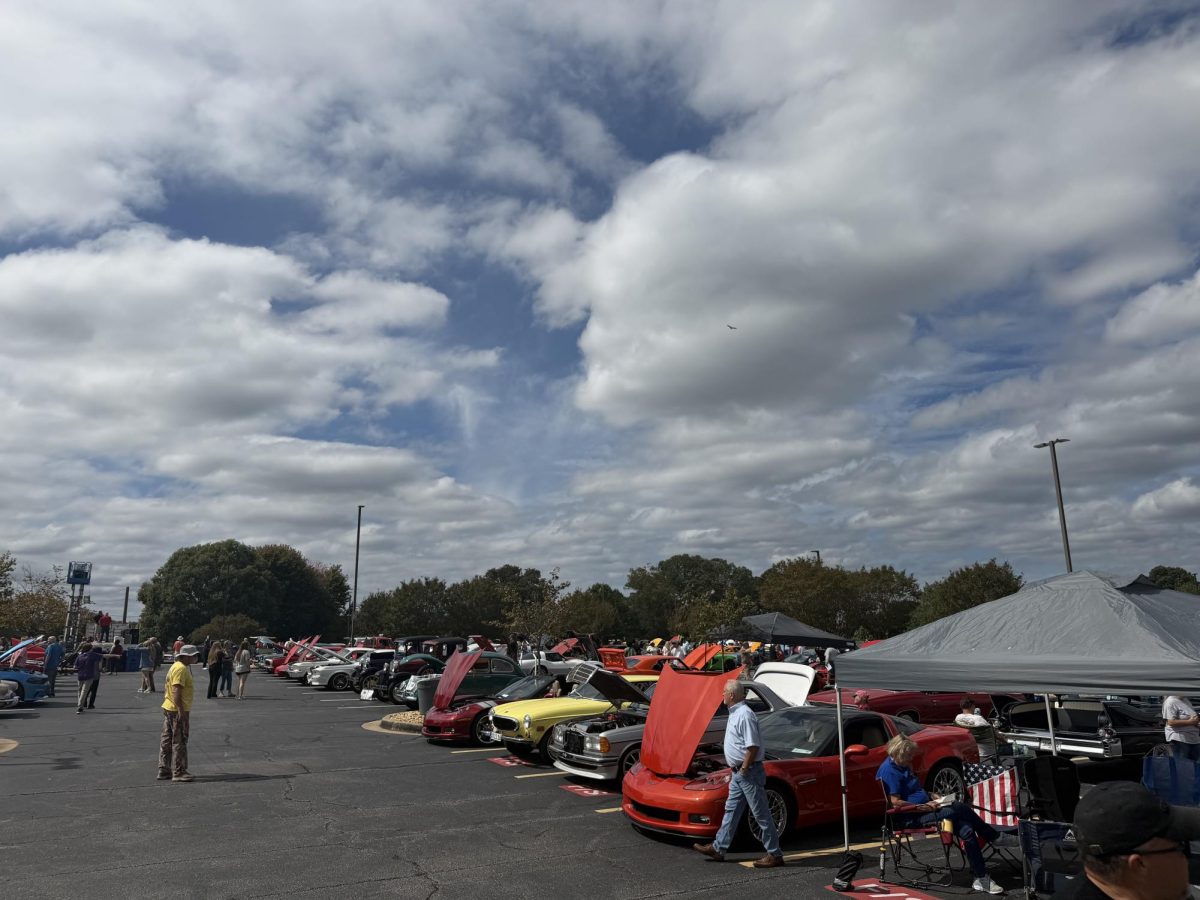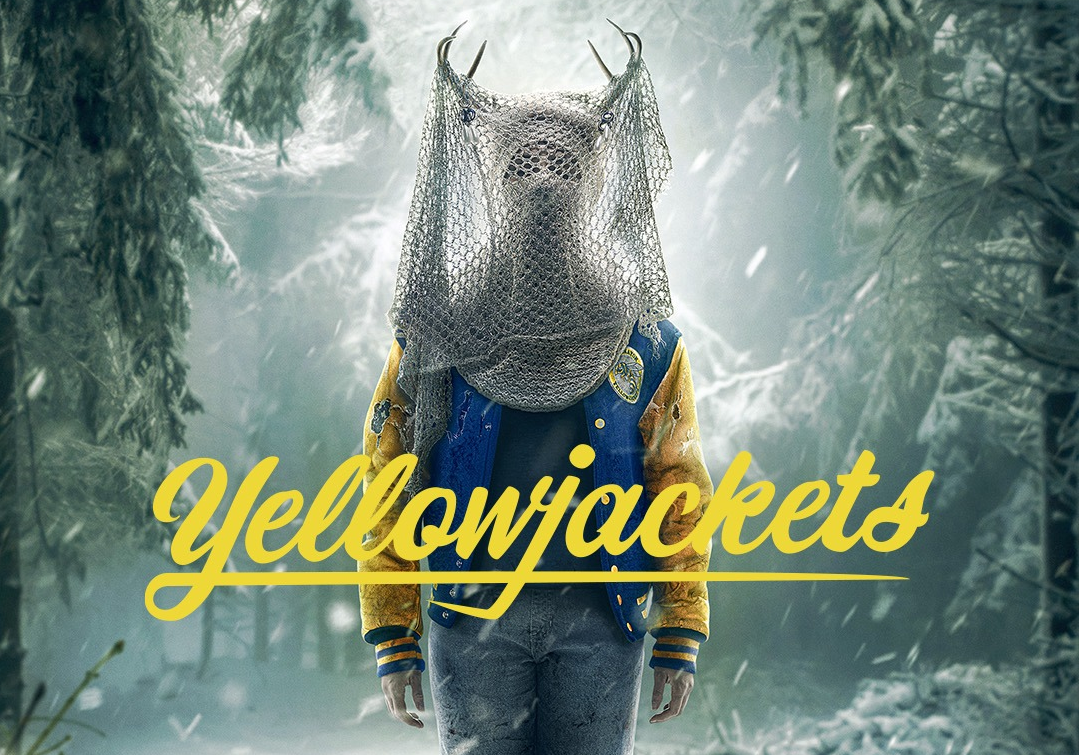Dia de los Muertos is a two-day commemoration of our loved ones who’ve passed to another life. On Nov. 1, it’s believed that the angels, better known as children, come to their altars and consume what is left for them. By the second day, the adults join. The festivities began by creating the altar; you then add a picture of someone you know that passed away. You surround it with items that the person loved or enjoyed doing. There are things that an altar must have, an orange/yellow flower known as a marigold. A candle of your choice, and lastly the skeletons placed on the sides, made either by sugar or chocolate.
Spanish tutors from the language lab created an event for students to experience the culture and traditions. They handed out champurrado, a hot chocolate beverage, along with a pan de muerto known as the bread of the dead. Their event consisted of four activities, and the first one was face painting. In Mexico, men and women paint their faces in honor of their ancestors. Certain people add sticker diamonds to add more glow, others either draw flowers or do different lines.
“It made me see that Mexican culture is full of life and brightness and that death isn’t necessarily the end of the journey.” – Jonathan Lomas
The second is Loteria; this activity was chosen since many people on the altar enjoyed playing the game. It’s similar to bingo but instead with images and names. The tricky part is to call it out fast and make people miss what’s on their board. Naffiz Drayton said, “My favorite activity was playing Loteria, laughing and being with friends gave me a sense of community and happiness.” Drayton said that even though it was a celebration for dead people, it didn’t seem negative or sad.
The third activity was skull painting; sugar skulls are a big part of the celebration. However, the students had a tough time finding them. The lab decided to create their own skulls out of clay for the students to decorate. For these two days, it resembles something positive. Not only is it seen as a higher level of consciousness but also closer to rebirth. This was an activity that MSA, along with Nighthawks Entertainment, did for the students as well. The last activity was coloring. They printed out images of decorations for a holiday. Since the lab couldn’t fully decorate, they wanted the students to see examples of everything that goes on. With the markers, they could bring them to life and later hang them on the door.
If there’s something that the language lab workers were really proud of showing was the two altars they created, the first one was put in the lobby in the Martha T. Nesbitt building. Matthew Carpenter said, “When I first saw it, I thought it was kind of depressing. Once someone explained what everything meant, I thought it was something amazing, something that is still celebrating their lives.”
The other was made for the lab and their students. Once students came into the room, they were handed a butterfly and marker; they could put the name of a loved one and add it to their altar. Drayton said, “I was able to add my grandmother’s picture. I loved how we were able to memorialize her there.”





































